The Cromwellian Church, Berwick-upon-Tweed
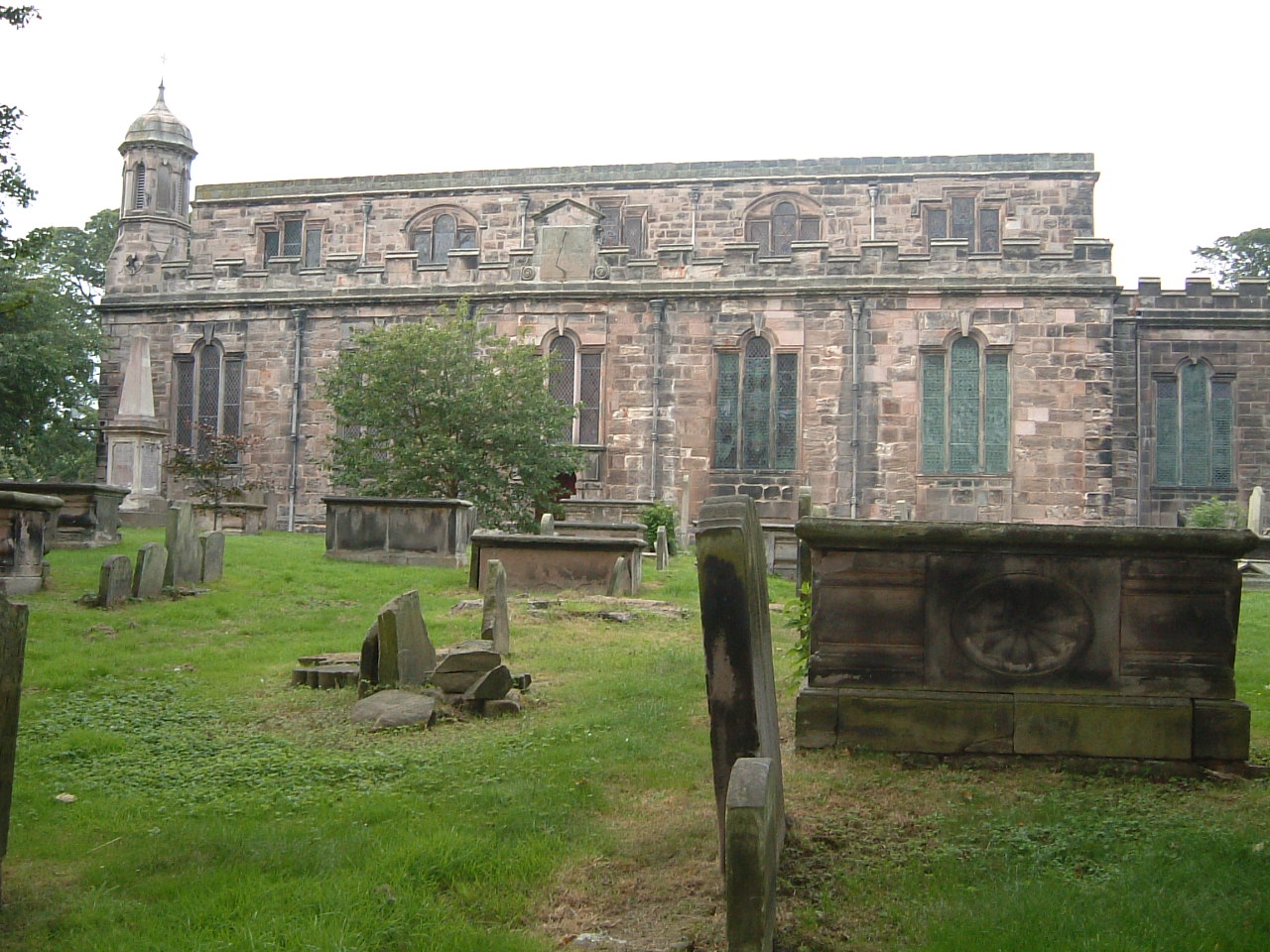
One of the interesting highlights of my recent trip to Berwick-upon-Tweed was a look at one of the few churches in England built under the jurisdiction of Oliver Cromwell during the Commonwealth era (1649-1660).
The church and the charming, wooded graveyard that surrounds it are opposite Berwick’s eighteenth-century Main Barracks built by the renowned Architect Nicholas Hawksmoor, more famous for his London churches.
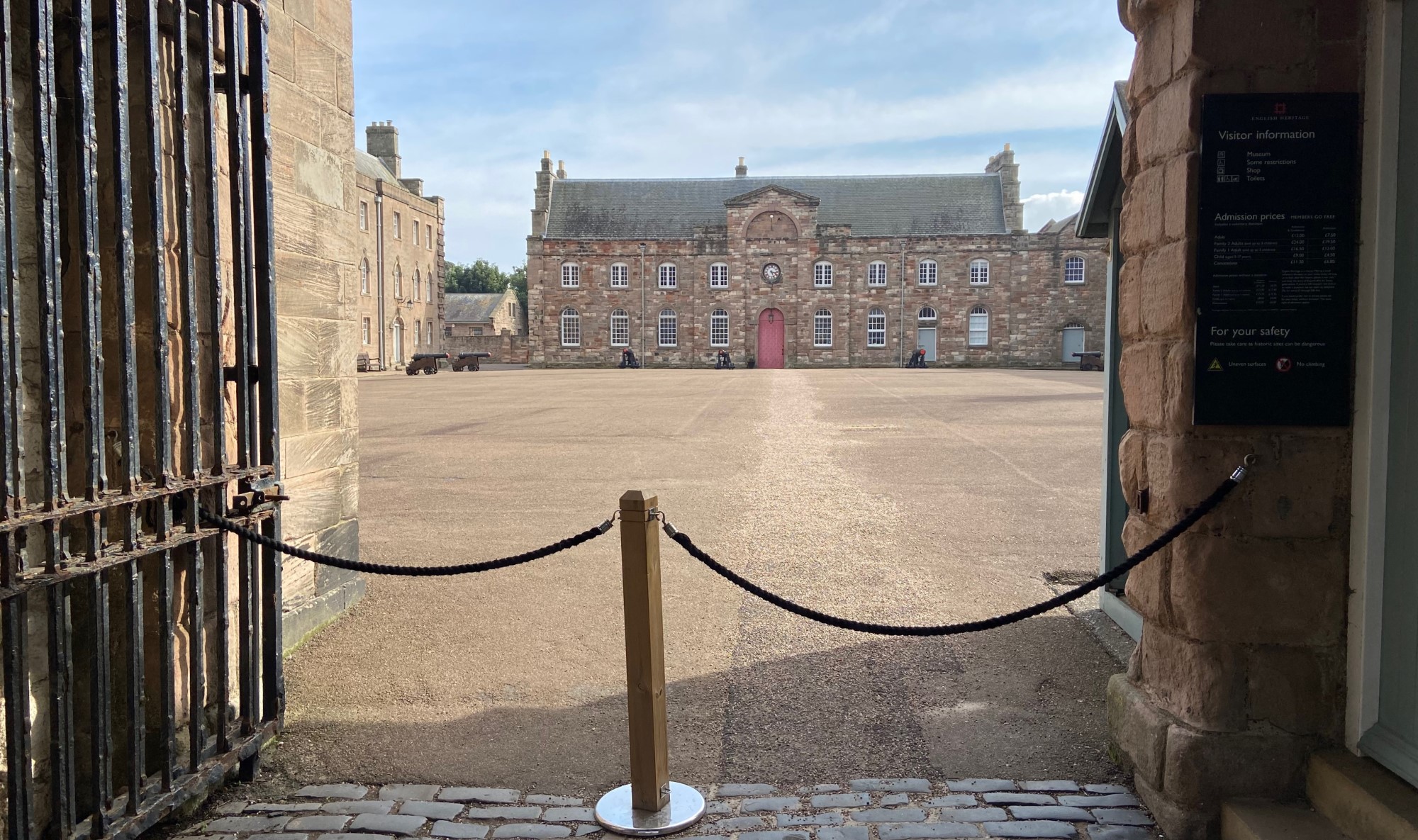
The church, which serves the northernmost parish in England, was designed by London architect John Young between 1650 and 1652 – ironically using funds donated by the executed King Charles I in 1641 and supplemented after the outbreak of the Civil War by the citizens of the town. It is constructed in stone from Berwick’s medieval castle.
For some unknown reason, I took only one interior photo and a few of the gravestones, neglecting entirely the outside – so I am grateful to Wikimedia for filling the gap!

Photo credit: James@hopgrove, Public domain, via Wikimedia Commons
Since the Puritans had no truck with ornamentation, the Cromwellian church – or to give it its proper title, The Church of the Holy Trinity – has no tower or spire or, no bells other such embellishments. It acquired an organ much later. Originally there was no altar until a communion table was added in 1662 and chancel in the 19th century. There are now stained-glass windows – but again we have the Victorians to thank for them. My trusty tome, A Companion to the English Parish Church by Stephen Friar is rather scathing:
“it possesses an uncomfortable mixture of gothic and classical features, its walls pierced by triple windows (half of them with round-headed central lights) and its grey stone exterior dominated by Tuscan columns and a great lateral arch. A seventeenth-century gallery and canopied pulpit have survived, but awful Victorian coloured glass adds to the confusion.”
As regular readers will know, my work-in-progress is a novel about an Arts and Craft stained-glass artist – the window Friar is referring to here is what was known as “factory glass” – popular among Victorians but bearing no comparison to the A&C stained-glass artists who based their windows on the hand-crafted medieval tradition and not the ready-made mass-produced options. I have since discovered that some of the windows in the church use 16th and 17th century Flemish glass transferred from the Duke of Buckingham’s private chapel in Canon’s Park, London when the house was dismantled in the mid-18th century. Whether you like Holy Trinity’s glass or not I can’t help thinking it would have been better to leave the windows unaltered and unadorned as they would have been during the Commonwealth.
Apparently Nicholas Pevsner was rather more generous about the church, describing it as a building of “quite exceptional architectural interest”.
The interior of the church is a tranquil haven. I liked it a lot. There is however one very curious recent addition – an strange partitioned area with curtained windows that runs almost the length of one side of the interior and looks a bit like an old railway carriage.
The helpful lady we met in the church told us it was installed to address the absence of a vestry.
How did they get away with that in a Grade I Listed building?
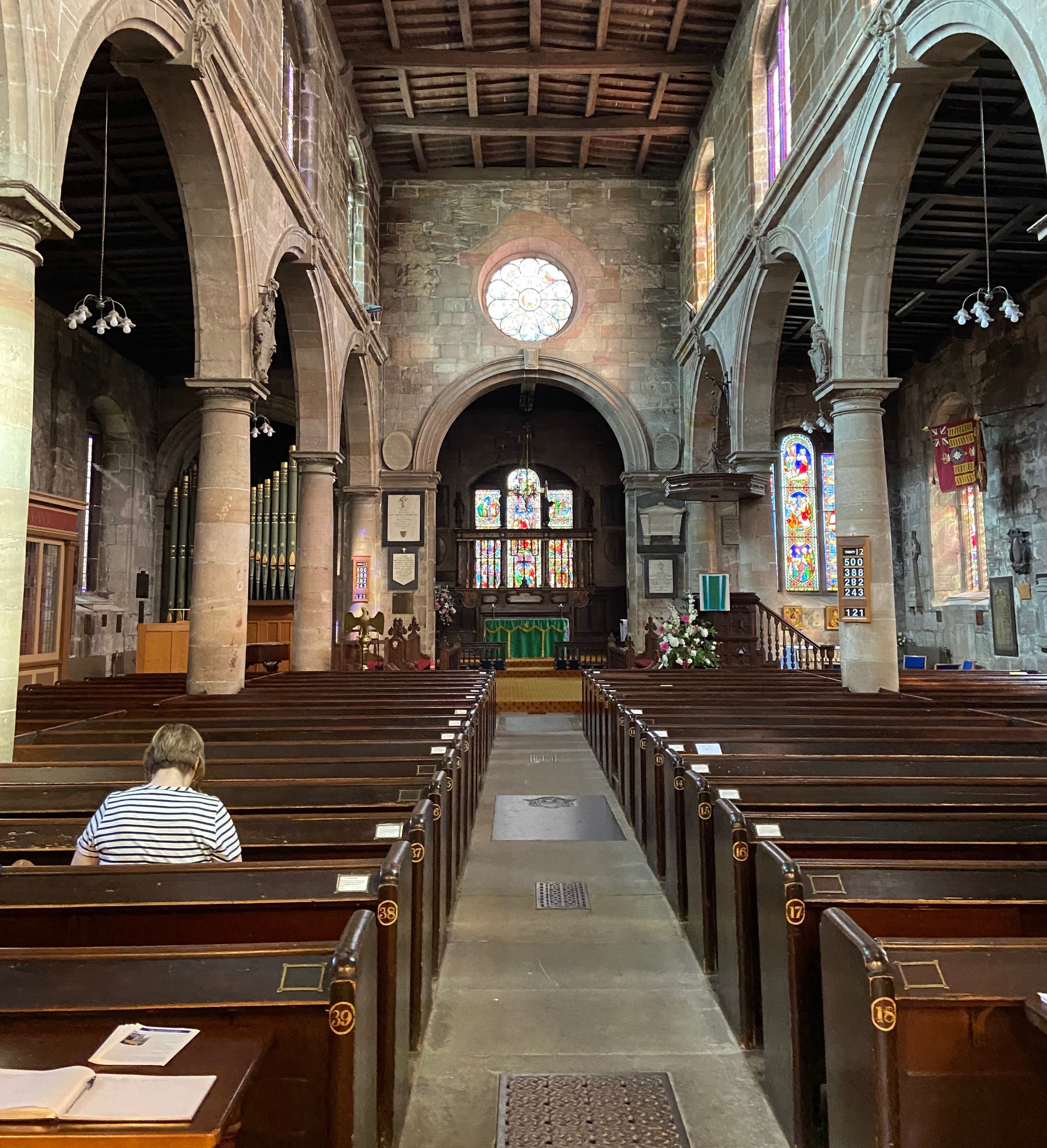
I have a real weakness for churchyards and cemeteries and this one was delightful – I understand it’s a nature conservancy. There are graves for plague victims and apparently also Viking grave markers – although I didn’t spot them.
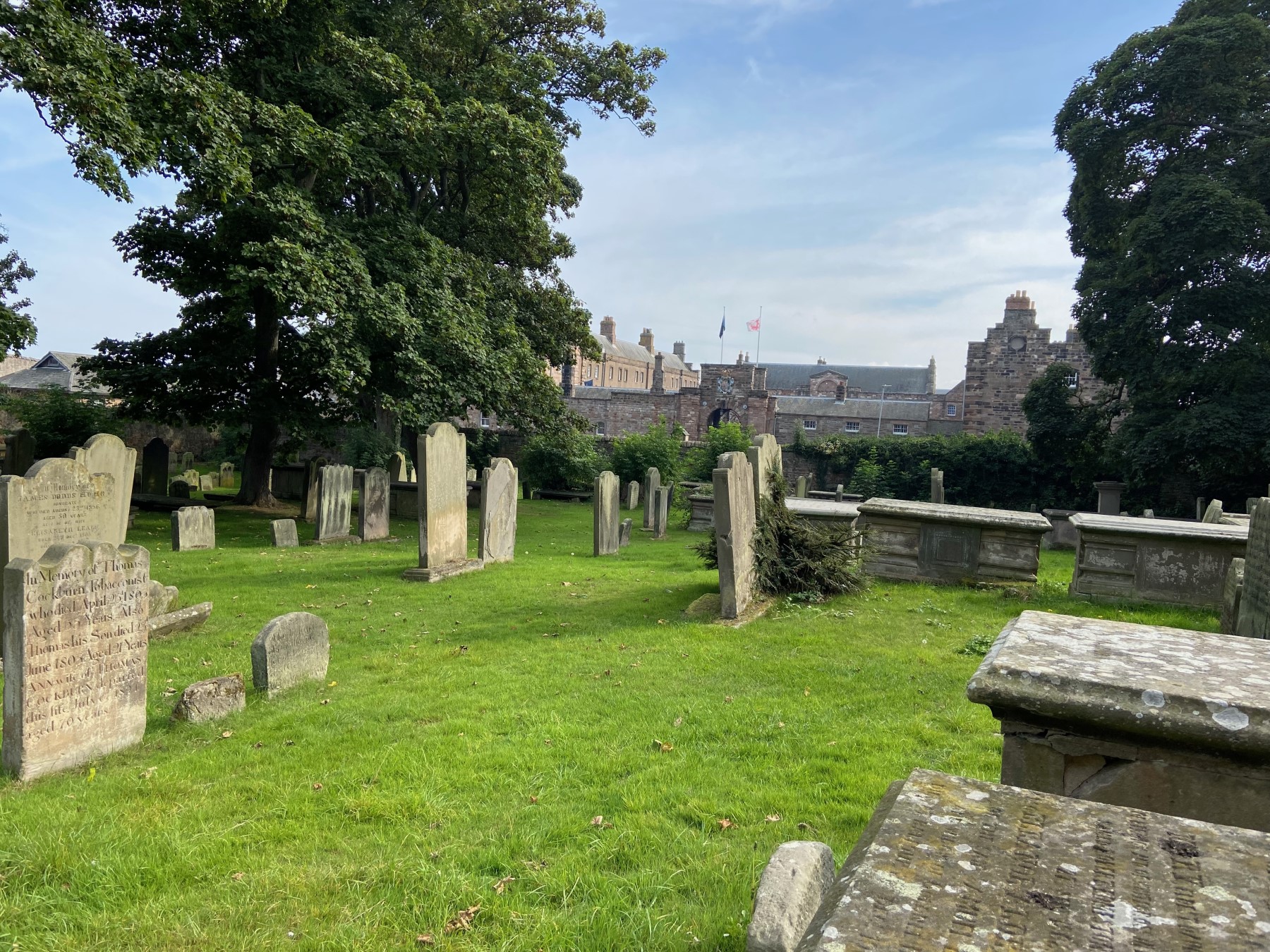

Well worth a visit to the church if you are in or near to Berwick-upon-Tweed.

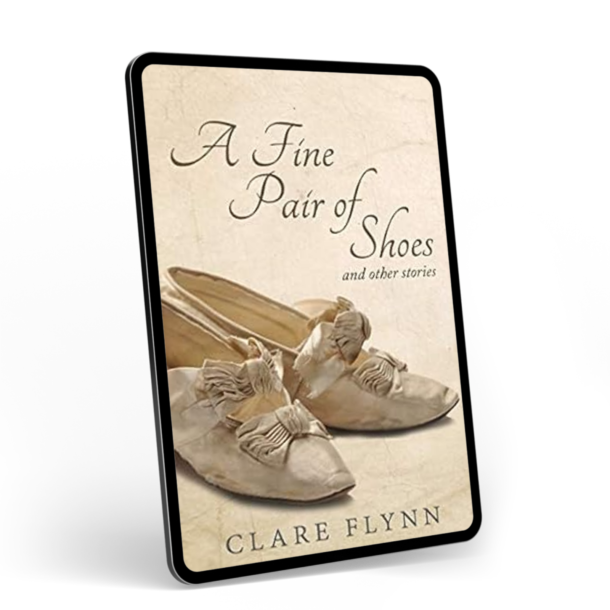
Thank you so much for the interesting photos and information on the Cromwellian church, I too am interested in the history of churches and enjoy visiting them and reading the grave stones of those gone before us, centuries ago.
Unfortunately I live inFrance and only visit family once a year so will not manage to visit the above church. However I did visit Berwick on tweed many years ago after I had just arrived from my home in South Africa.
Thank you for your interesting blogs and your very good books,
Thanks for the very kind comment Christine. I’m so pleased you enjoy the blog and my books